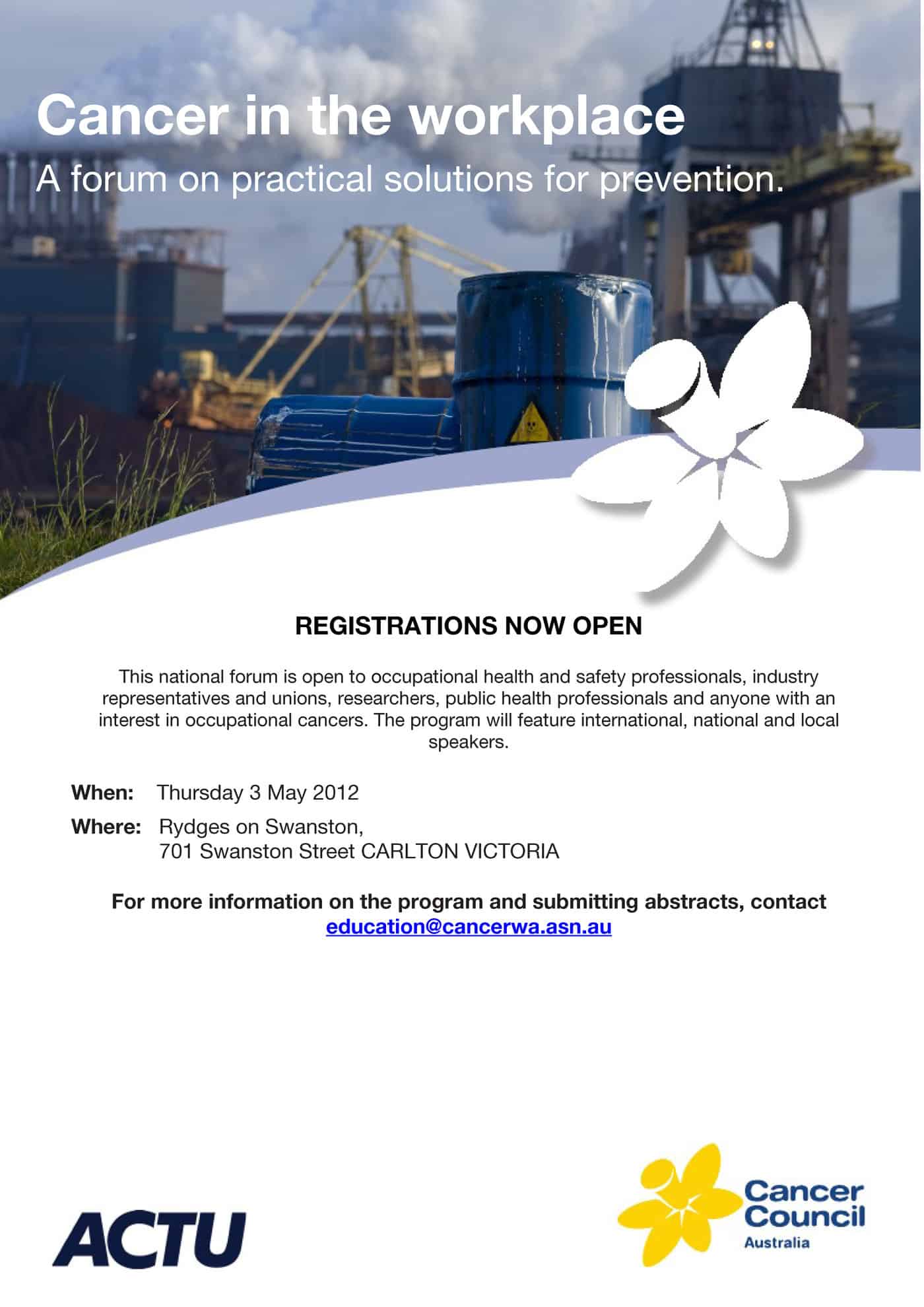In response to correspondence from an Australian safety professional, Senator Eric Abetz, Federal Shadow Minister for Employment and Workplace Relations, has displayed his ignorance of occupational health and safety (OHS) laws. In the email response, reproduced in full below and dated 26 April 2012, Senator Abetz, accuses “big Government” “big unions and big business” of colluding on the development of Codes of Practice.
Abetz shows his misunderstanding of the status of codes of practice in the regulation of OHS. He also uses a DRAFT code of practice to illustrate the absurdity of new OHS laws, a draft that is having a contentious route but is expected to be considerably changed in the final version.
The draft code he chooses is workplace bullying and the senator tries to illustrate how silly this code’s suggestions are by hypothesizing a small business. He chooses a two person plumbing firm. How different his perspective could have been should he have chosen a real small business workplace bullying case that resulted in a worker killing herself. How convenient to avoid the Cafe Vamp example. Continue reading “Australian senator sees OHS consultation as “collusion””



